15 Vocal Dog Breeds That Love To Express Themselves
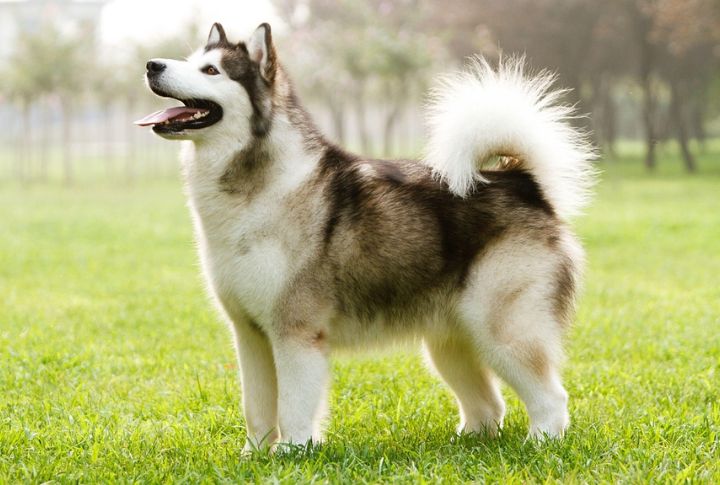
Whining comes naturally to some dogs, and it’s not always about bad behavior. Some breeds are natural storytellers, using whines and howls to convey their emotions in any situation. Each one brings a different voice to the room, sometimes loud, sometimes quirky, but always unique. Curious about which vocal charmers made the list? Keep reading to find out!
Siberian Husky
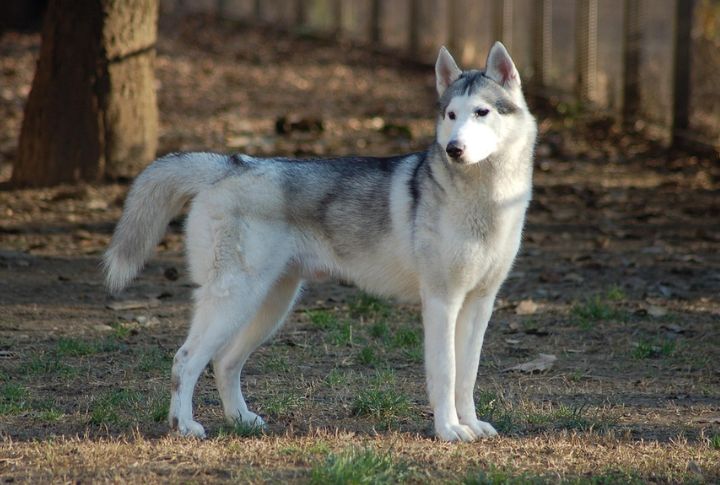
Bred to haul sleds in Arctic silence, Huskies vocalize to communicate, often howling like wolves. Ignore them, and you’ll get icy glares followed by piercing whining. Bark collars fail as these snow dogs can’t be silenced. You either join their chorus or admit defeat.
Yorkshire Terrier
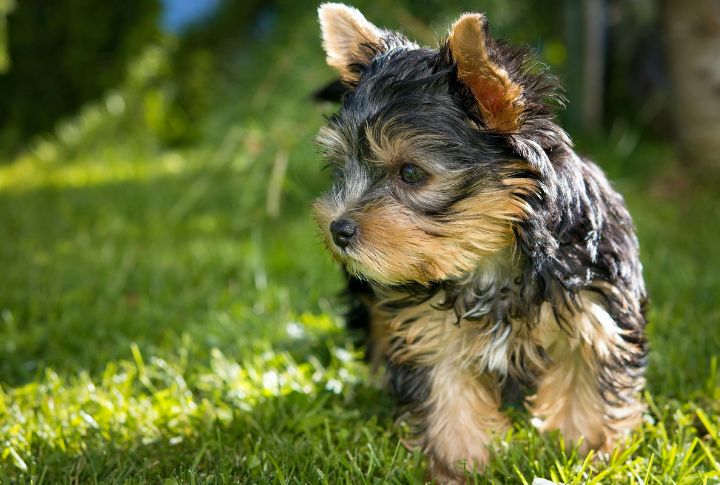
Energy crackles beneath those silky coats—Yorkies are quick to bark or whine when something feels off. With their ratting terrier roots, they’re all about boldness and volume. They speak up fast, and when they growl, it’s a clear sign: they’re waiting for your next move.
Alaskan Malamute
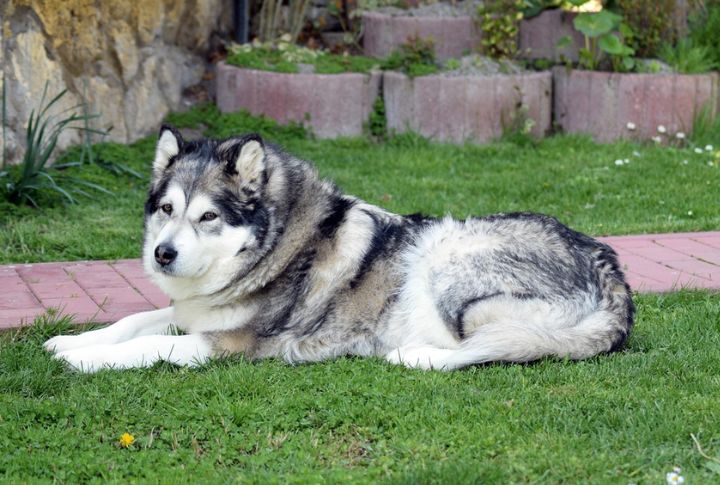
The Malamute stands out for its strength, striking presence, and flair for drama. They groan and whine like canine philosophers. Descended from ancient Arctic freight haulers, they grumble to bond with their humans. It’s not defiance—it’s a conversation, and silence is met with furry sass and an exaggerated sigh.
Bloodhound

Trailing criminals and toddlers alike, Bloodhounds have noses that never quit and grumbles that never cease. They express every feeling through sound, whether settling in with a groan or filling quiet moments with a restless whine.
Shiba Inu
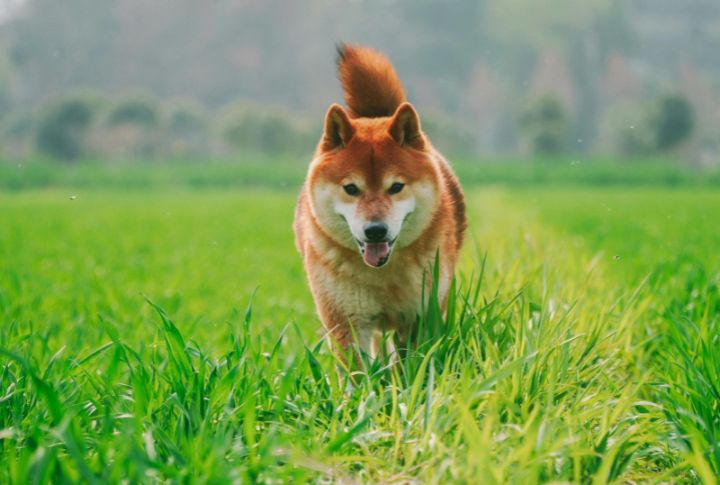
Shibas whine with flair, sending up siren-like cries the second something feels off. Whether it’s a leash delay or an unwanted cuddle, their voice cuts through silence like a scene-stealing solo. Their signature whine rises with drama and lingers long after it’s heard.
Pomeranian
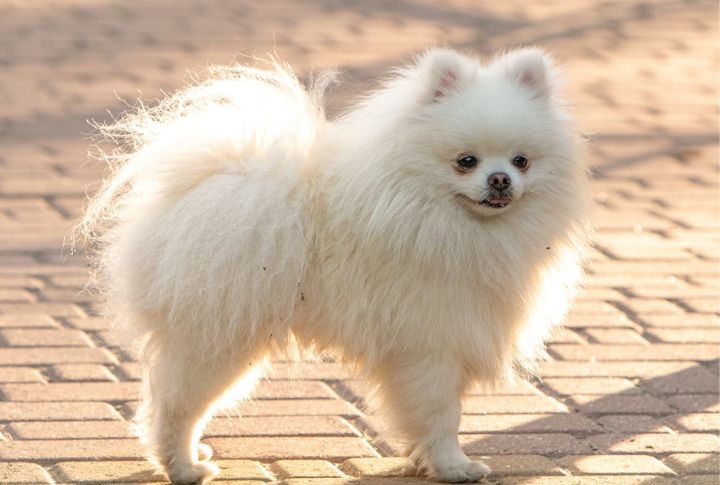
A vocal valve packed into a puff of fur, the Pomeranian barks and whines in sharp bursts at every rustle or pause. Once royal lapdogs, they now rule the room with dramatic flair. Settle in, and expect running commentary throughout your entire evening.
Cocker Spaniel
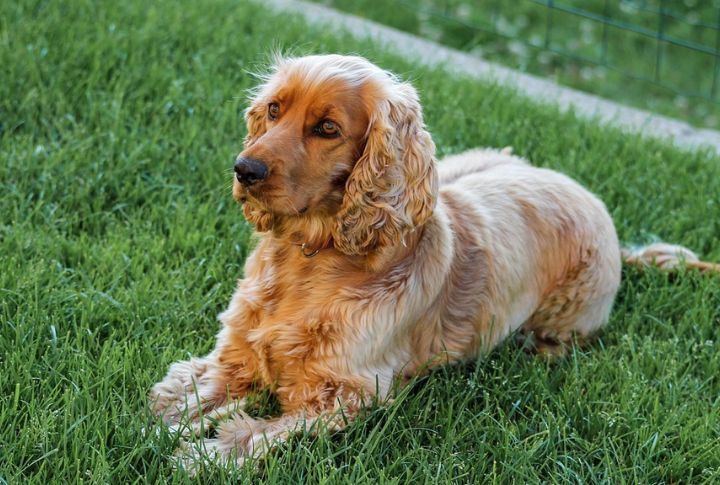
The Cocker Spaniel is quiet most of the time, content to stay by your side in gentle silence. But when they seek your attention, their soft whine carries weight. Their gentle vocalizations are subtle, often a quiet plea rather than a loud bark, designed to draw your attention.
Dachshund
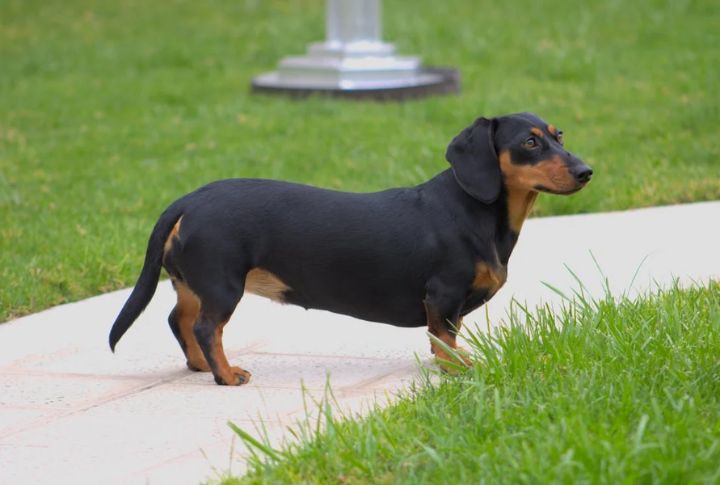
Originally bred to hunt badgers underground, Dachshunds are always ready to voice their thoughts. Every creak or movement prompts a bark report, delivered with unwavering enthusiasm. Their short legs might be swift, but their commentary is nonstop—if barking were an Olympic sport, they’d take the gold effortlessly.
Beagle
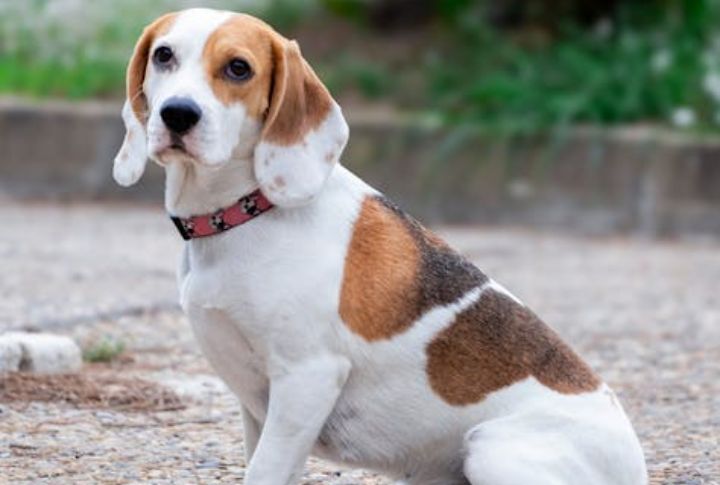
Beagles are born to track scents and aren’t shy about letting everyone know when they’ve found something interesting. Once used by hunters to track game, their voices now announce meals and the presence of squirrels. Apartment walls can’t hold back the whining and howling; the sound fills the halls like a speaker on full volume.
Chihuahua
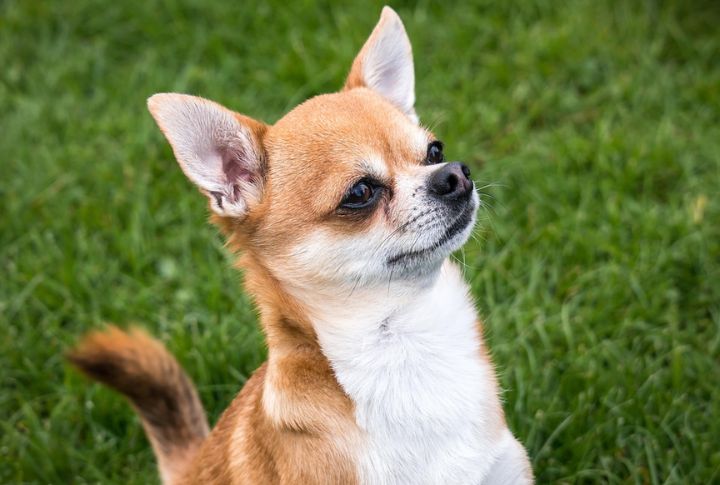
Volatile volumes and an unwavering vigilance fuel the Chihuahua. They bark in protest and in passing. Their small size doesn’t stop them from acting like giants, convinced that every noise demands their attention. Their vocal playbook includes warnings, whinings, and declarations of dominance, which the listeners are expected to obey.
Basset Hound
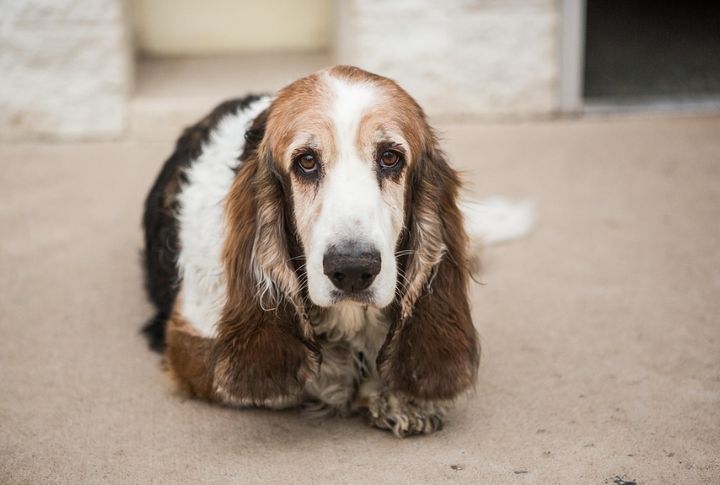
The Basset is known for its droopy ears, deep eyes, and thick, thunderous voice. Born to trail and trumpet, their deep howls once alerted hunters. Now, they alert neighbors when you leave the room. Every emotion exists through their vocal cords like an emotional broadcast.
Samoyed
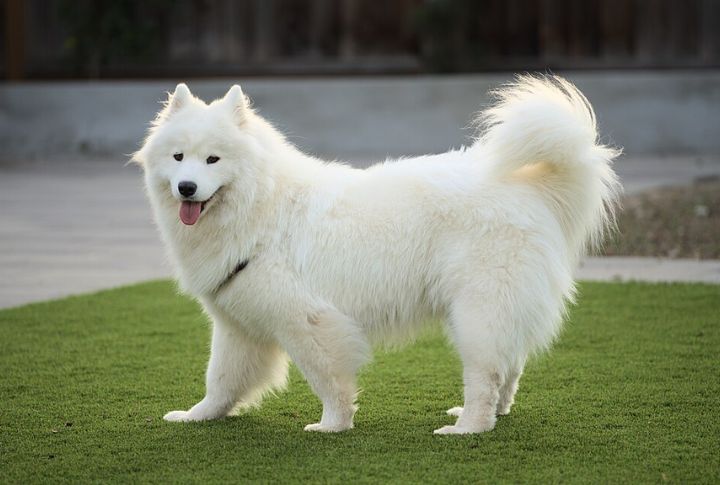
Fluff floats as voices rise—Samoyeds are masters of communication, using woo-woos, chirps, mutters, and the occasional whine. Always expressive and eager to chat, their sounds clearly reflect their moods, as if these polar bear look-alikes are full of opinions and can’t wait to share them.
Italian Greyhound
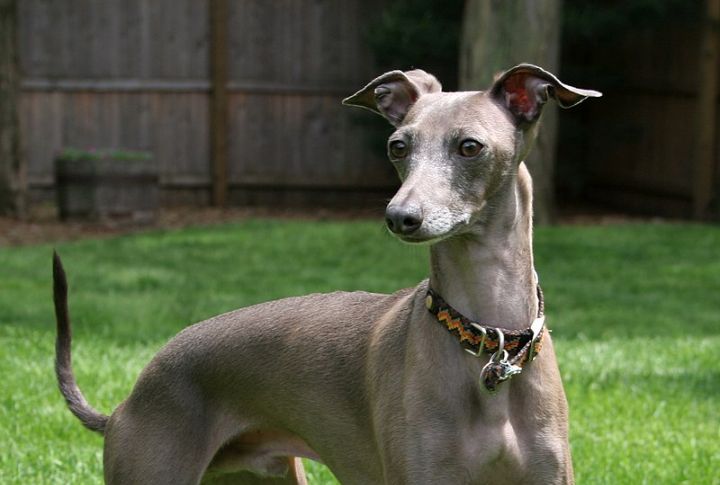
Italian Greyhounds are generally calm and reserved, but when they’re uncomfortable, a soft whine may quietly emerge. It’s a subtle, gentle sound—rare and never overwhelming—that signals they need something, gently drawing your attention without any drama.
German Shepherd
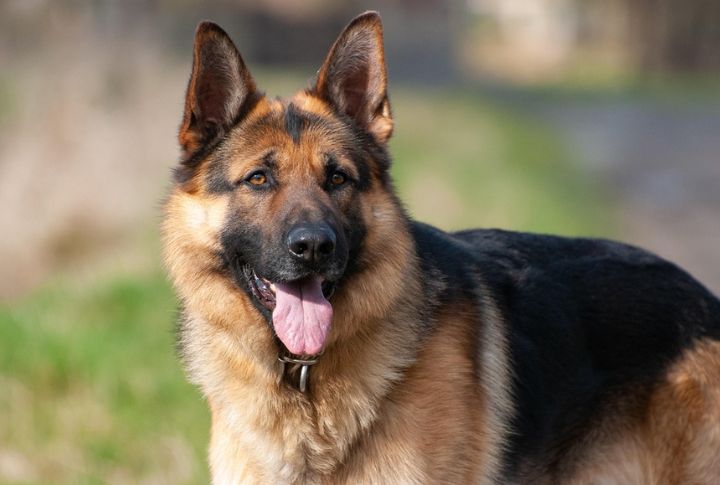
Complaints from this breed yield more than just noise. German Shepherds whine when something feels wrong or if their focus sharpens on a possible threat. Their working dog lineage tunes them for tactical vocal expression, and they catch distant changes with precision.
Shetland Sheepdog
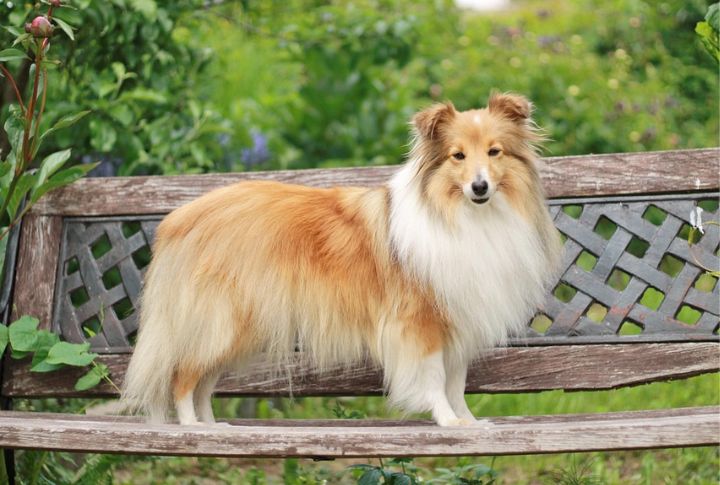
Shelties are known for their expressive whines, which are part of their daily communication. If something seems off or out of place, their voice quickly rises in pitch. Whether they’re alerting, herding, or just expressing concern, their sharp, clear whine keeps you tuned in to their observations.






